I'm new to BJT and i'm trying to understand the characteristics of bjt in different modes of it. In my book they explained that in saturation mode of bjt the collector current decreases even if i increase the base current.
but i don't understand why it should decrease. Because in the saturation mode base-collector works as a forward bias, so there should be breakdown of collector current. But instead of that collector current decreases with the increase of base current. Please help me to make my concept clear and correct.
